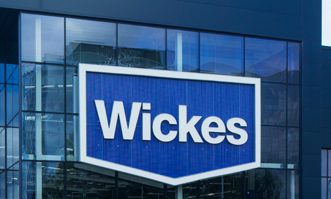Analysis
How a data-driven locally optimised digital strategy can save high street retailers

In a challenging environment on the high street, it is vital for retailers to optimise their digital marketing to attract local shoppers. Yet many big-name brands are failing in the attention to detail needed to properly promote their physical stores in online advertising.
You'll need to
subscribe to unlock this content. Already subscribed? Login?







